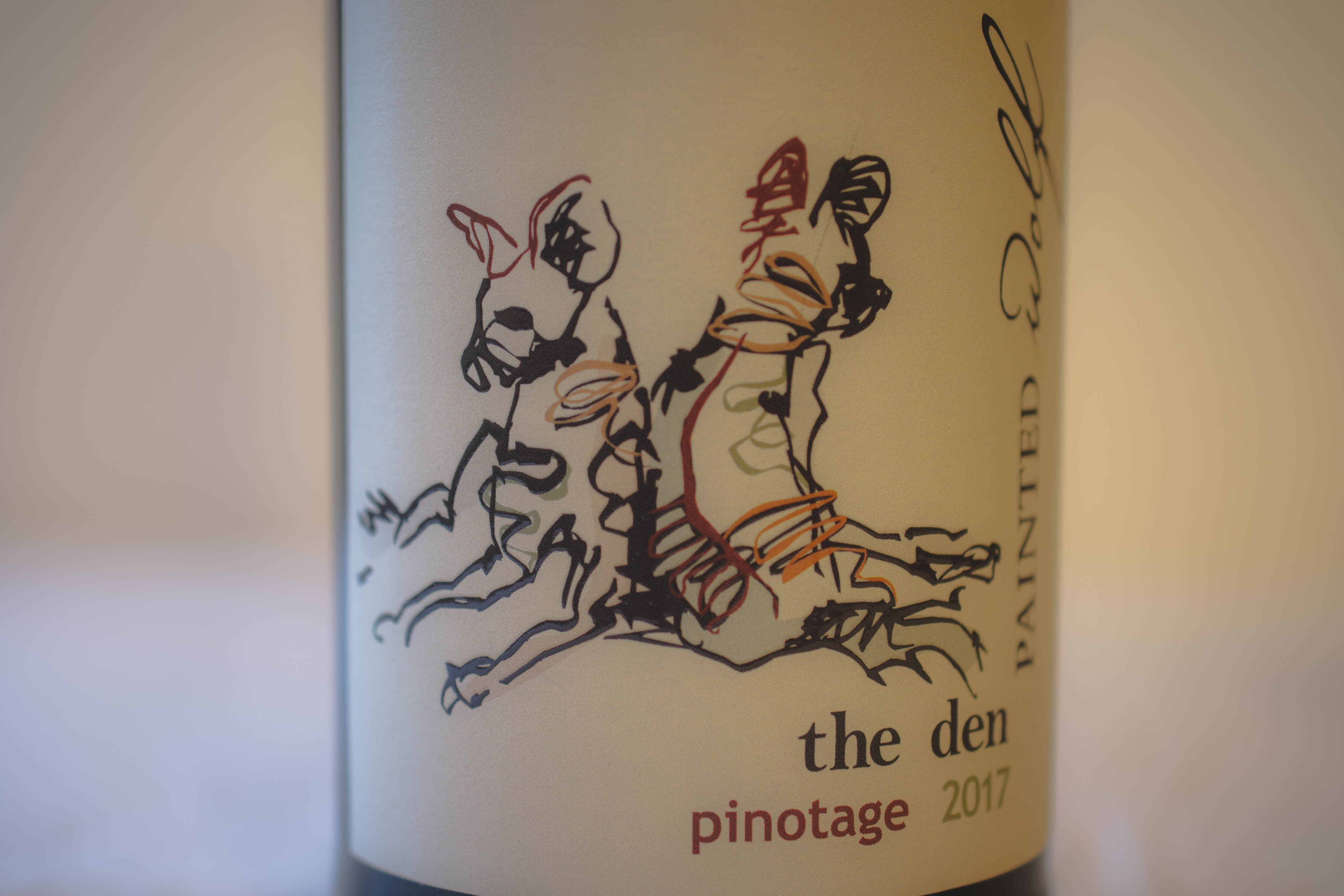If you look at my life, it’s only natural that I would develop an affinity for Pinotage. Just tell me something is popular and I’ll give you a list of reasons why it sucks. A musician clawed their way to the top and got a Pepsi endorsement deal? They’re a sellout. The #1 movie in the country right now? It’s full of plot holes and soundtrack is bullshit. Of course, the opposite is also true. You found an indie comic book by a barely competent writer/ artist duo? It’s a masterpiece. There’s a grape so reviled that you can’t even discuss it’s wine without saying something unflattering? I must try it. I am, if nothing else, counterculture to a flaw.

There’s a piece of conventional wisdom around wine labeling that says, “if you put an animal on the label, people will buy it.” I’ve heard this trend bemoaned by wine enthusiasts, but I’ve also watched it in action. Working for a wine retailer, I really can’t complain. Most of this is just an attempt to create a recognizable brand to promote sales of a product. Maybe the owner really does love their dog a lot, but that’s not why they’re putting Fido on the label. With Painted Wolf it seems different, it’s not just a dog on the label, it’s an endangered species.
It’s fashionable for every organization to have a pet charity, something they can point at to show the world they’re not complete scumbags, but rarely have I seen that charity be the central focus of a brand. In the case of Painted Wolf, part of the proceeds from each bottle of wine sold are donated to conservation groups like Tusk and the Endangered Wildlife Trust, but beyond that the entire brand is created with the intention of raising awareness for the endangered African wild dog.

So, yeah, they put a dog on the label to get your attention, because if something isn’t done, it won’t exist in the future. Even if you hate the idea of animals on labels, this seems pretty justifiable. I mean, it’s not like Querceto was trying to save the unicorns.
As for the wine itself, the grapes are harvested from Swartland and Paarl, NE of Cape Town, South Africa. French and American oak staves were used during fermentation, and the wine was pressed off into old French and American oak barrels. 15% of the 2018 vintage was blended into the 2017 before the wine was bottled, a process I am completely unfamiliar with. It has nice cherry and allspice aromas, with flavors of blackberry, raspberry, smoke, and wet leaves. Really nice complexity, but still easy to drink.

I’ve always felt Pinotage was the underdog of the wine world, it’s probably one of the things that has drawn me to it. So, maybe it’s appropriate for them to have dogs on the label, whatever the reason.
